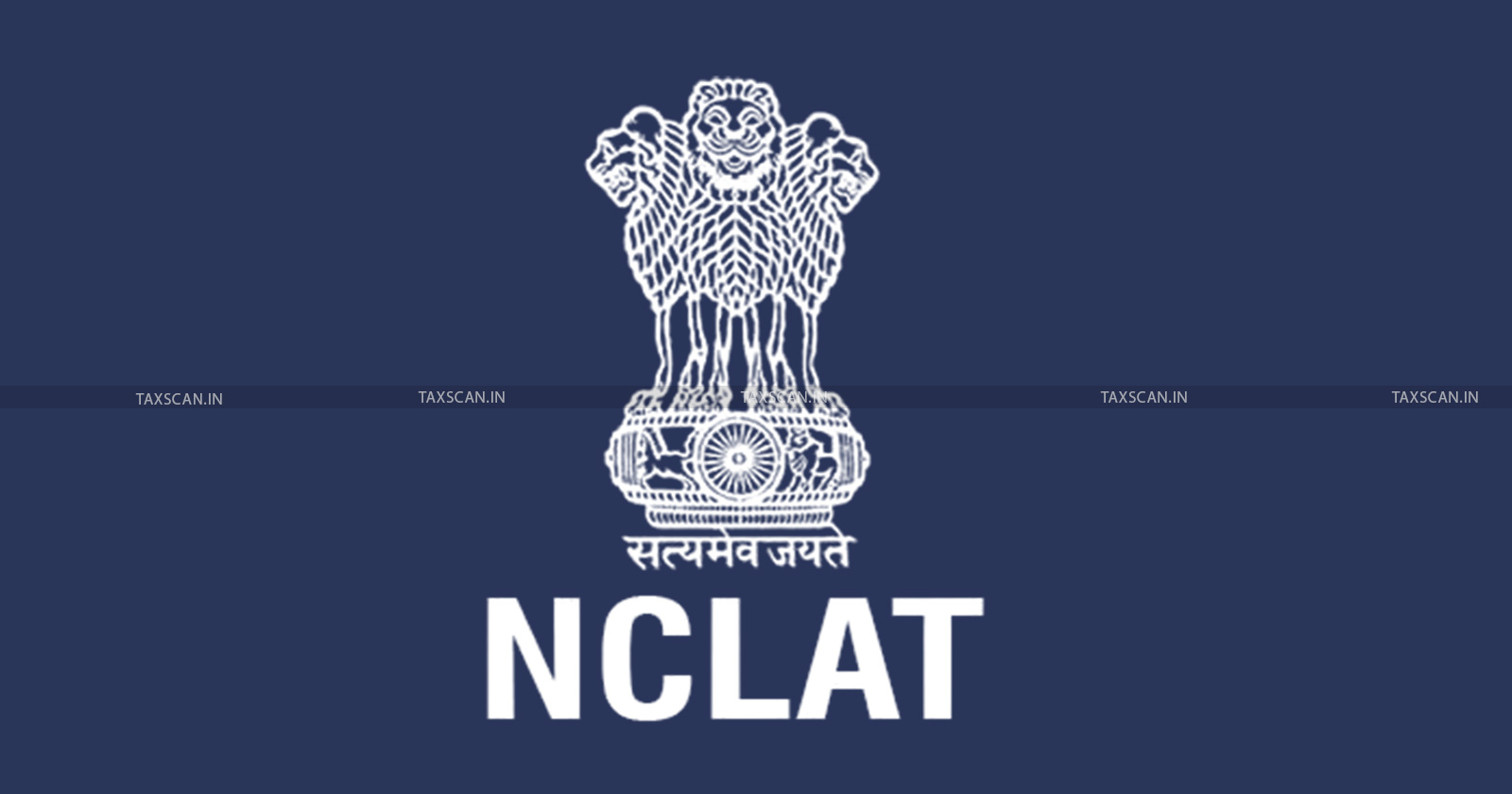NCLAT upholds S. 95 Application against Personal Guarantor, Rejects Time-Bar Claim and Authorization Challenge [Read Order]
The tribunal ruled that the June 2021 demand notice triggered the limitation period, making the June 2022 petition timely, and upheld the AGM's authority to file the application

NCLAT – Section 95 – NCLAT Delhi – NCLAT upholds S.95 Application – TAXSCAN
NCLAT – Section 95 – NCLAT Delhi – NCLAT upholds S.95 Application – TAXSCAN
The Delhi Bench of National Company Law Appellate Tribunal ( NCLAT ) upheld the validity of the Section 95 application filed by State Bank of India, the Financial Creditor, against the Personal Guarantor, rejecting the appellant's claims of a time-barred application and challenges to the authorization of its filing.
State Bank of India,Respondent No. 1-Financial Creditor had sanctioned loan facilities to Vrundavan Ceramic Pvt. Ltd.,Corporate Debtor with the appellant as the Personal Guarantor. After the Corporate Debtor’s loan account was classified as an Non-performing Asset ( NPA ) in 2013, the bank initiated legal action under the Insolvency and Bankruptcy Code ( IBC ), leading to the admission of the Corporate Debtor into the Corporate Insolvency Resolution Process ( CIRP ) in January 2020.
Become a PF & ESIC expert with our comprehensive course - Enroll Now
In June 2021, the bank issued a Demand Notice to the appellant under the SARFAESI Act for repayment of ₹32.60 crores. When payment was not made, a Section 95 application was filed in June 2022 to initiate the insolvency resolution process for the Appellant, which was later admitted by the Adjudicating Authority.
The appellant challenged the order, arguing that the Section 95 application was time-barred since the default date of July 31, 2013, passed the three-year limitation period. The appellant also contested the validity of two alleged letters of acknowledgment and the filing of the application by an Assistant General Manager(AGM) without proper authorization. The financial creditor defended its actions, asserting that the guarantee was a continuing one and that the filing was within the limitation period and authorized according to its internal regulations.
The three member bench comprising Justice Ashok Bhushan ( Chairperson ), Barun Mitra ( Technical Member ) and Arun Baroka ( Technical Member ) considered the arguments of both parties and reviewed the records. The two key issues were whether the Section 95 application filed by the financial creditor was time-barred and whether it was filed by a duly authorized person.
The appellant argued that the financial creditor could not accept the date of default as 04.06.2021 for the Personal Guarantor when the Corporate Debtor's default date was 31.07.2013. However, the tribunal referred to the judgment in Pooja Ramesh Singh v. State Bank of India, which clarified that the date of default for a guarantor could differ from the principal borrower depending on the terms of the guarantee agreement. In this case, the Deed of Guarantee clearly outlined the liability of the guarantor and the invocation of the guarantee.
Become a PF & ESIC expert with our comprehensive course - Enroll Now
The NCLAT noted that the Personal Guarantor had executed the Deed of Guarantee and did not make the payment as demanded by the Section 13(2) Notice dated 04.06.2021. The financial creditor issued a Demand Notice on 28.09.2021, and the Section 95 application was filed on 18.06.2022, within the limitation period.
The appellate tribunal concluded that the Section 95 petition was filed on time, as the demand on the Personal Guarantor arose after the expiration of the period specified in the Demand Notice.
Regarding the second issue, the tribunal found that the Section 95 application was validly filed. The Authority Letter authorizing the AGM to file the application was signed by the Deputy General Manager, and the NCLAT accepted the financial creditor’s submission that the AGM was statutorily competent to sign the petition. Therefore, the bench rejected the appellant's technical plea and upheld the validity of the Section 95 application.
In short,the appeal filed by the appellant was dismissed.
To Read the full text of the Order CLICK HERE
Support our journalism by subscribing to Taxscan premium. Follow us on Telegram for quick updates


